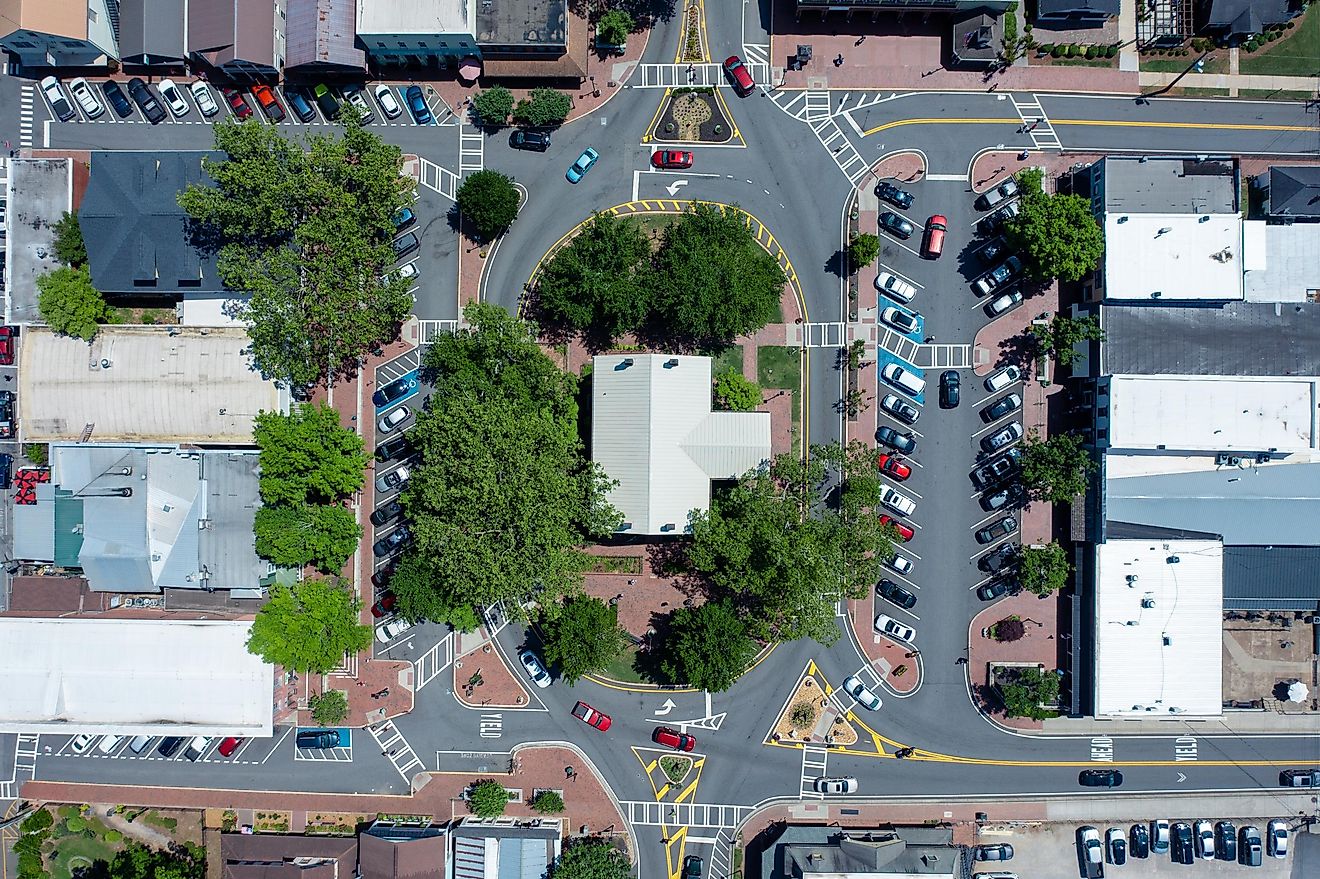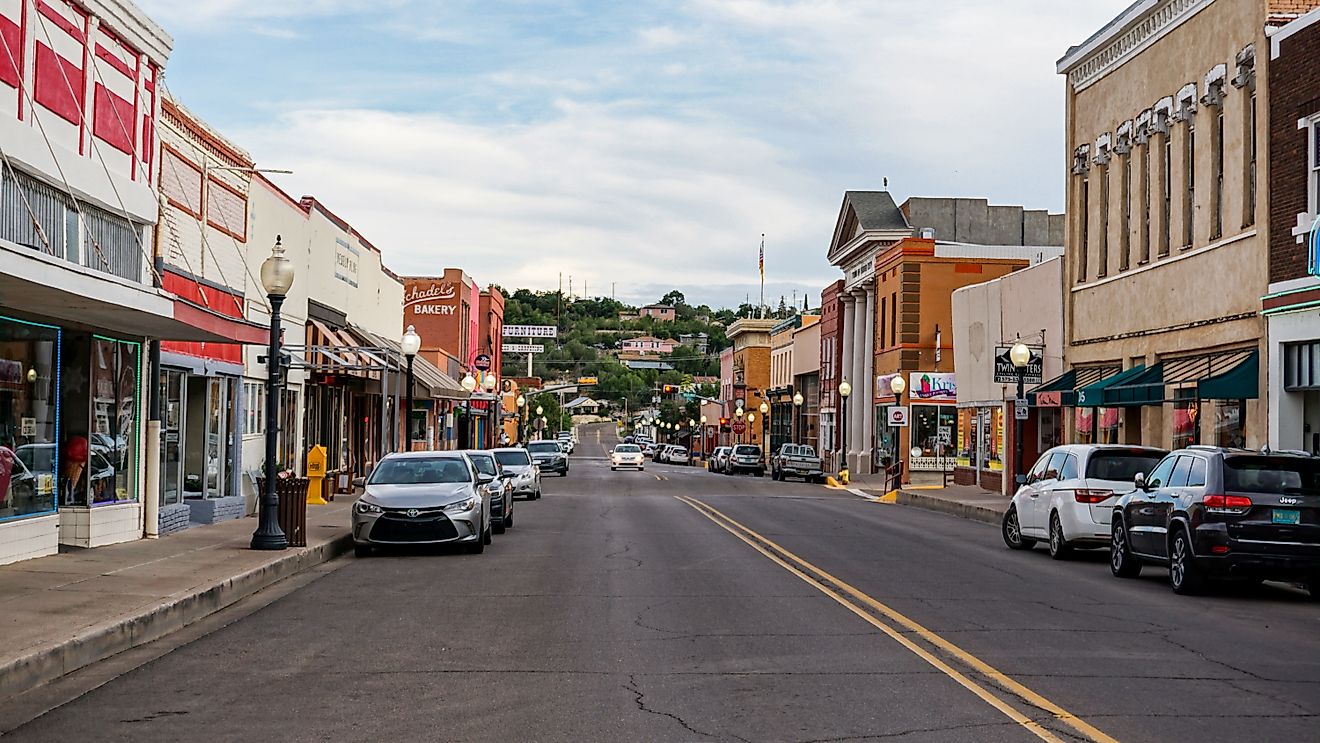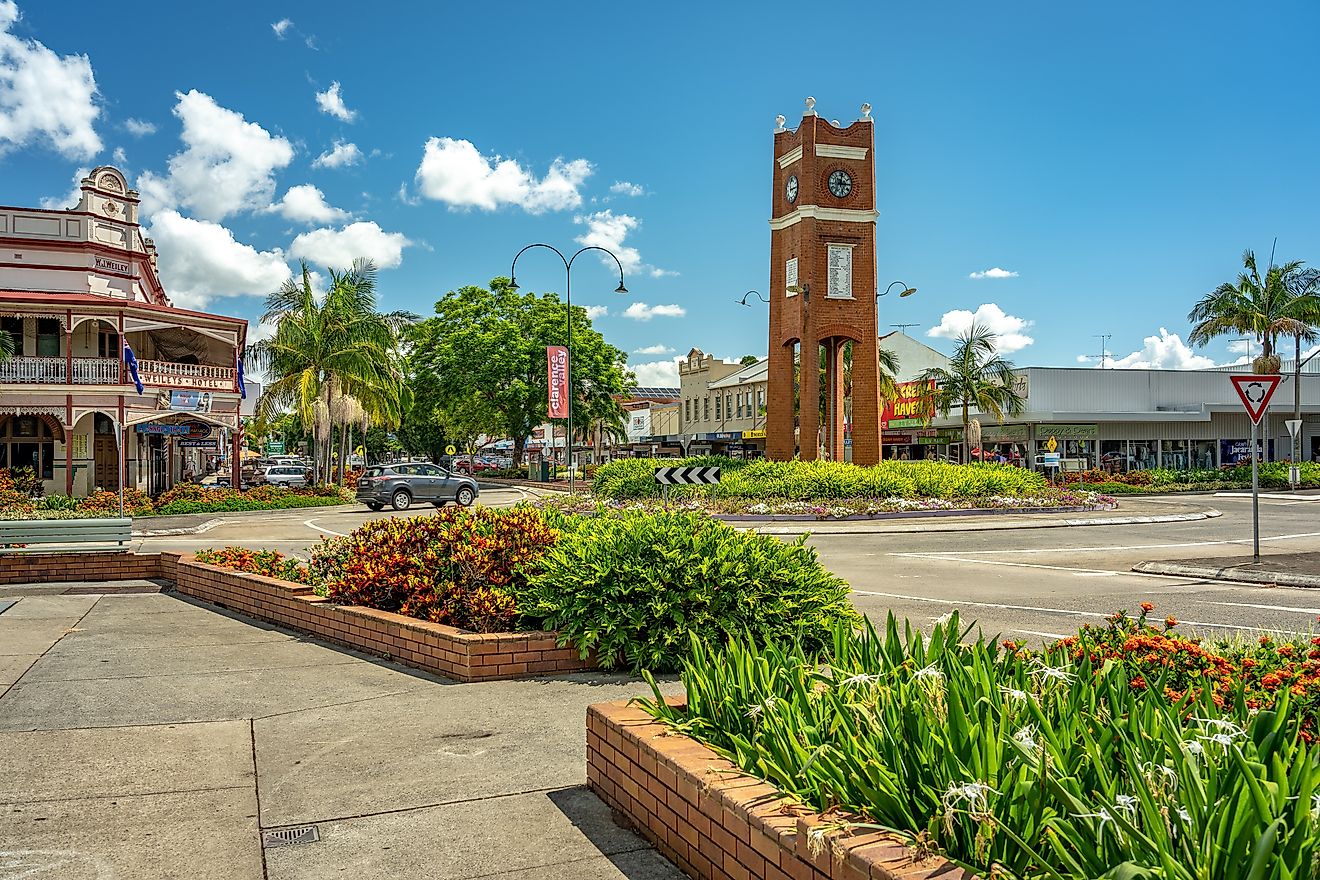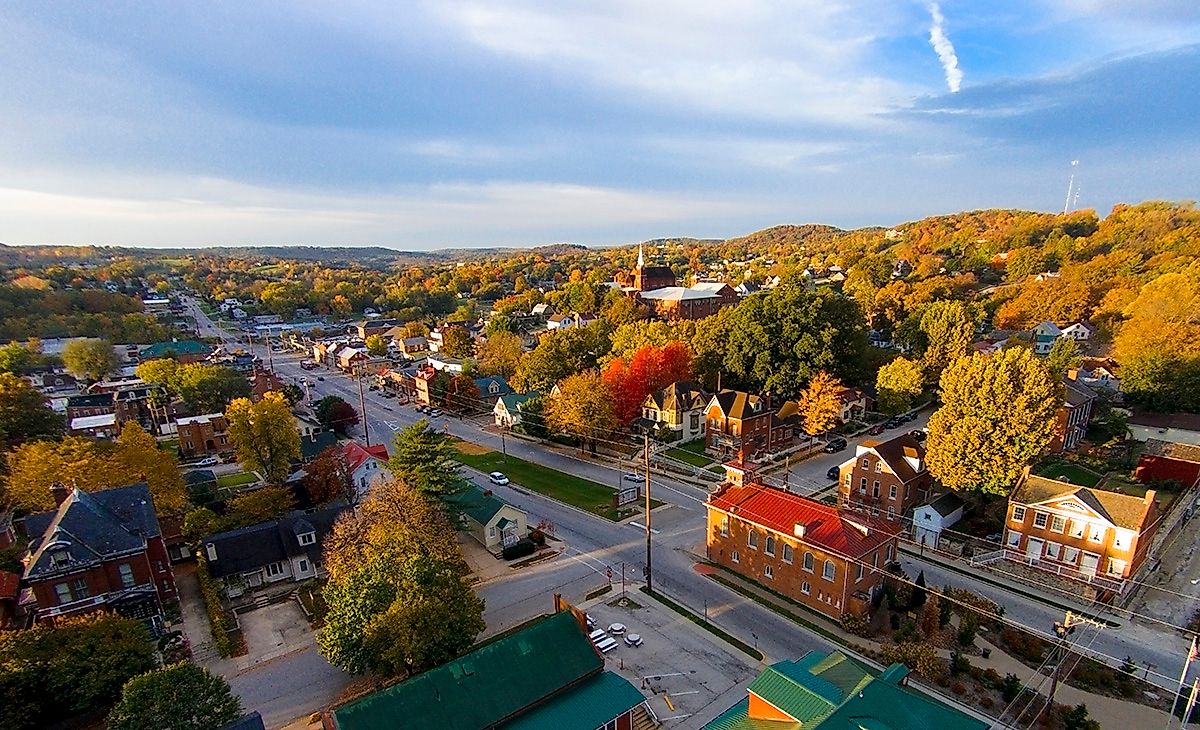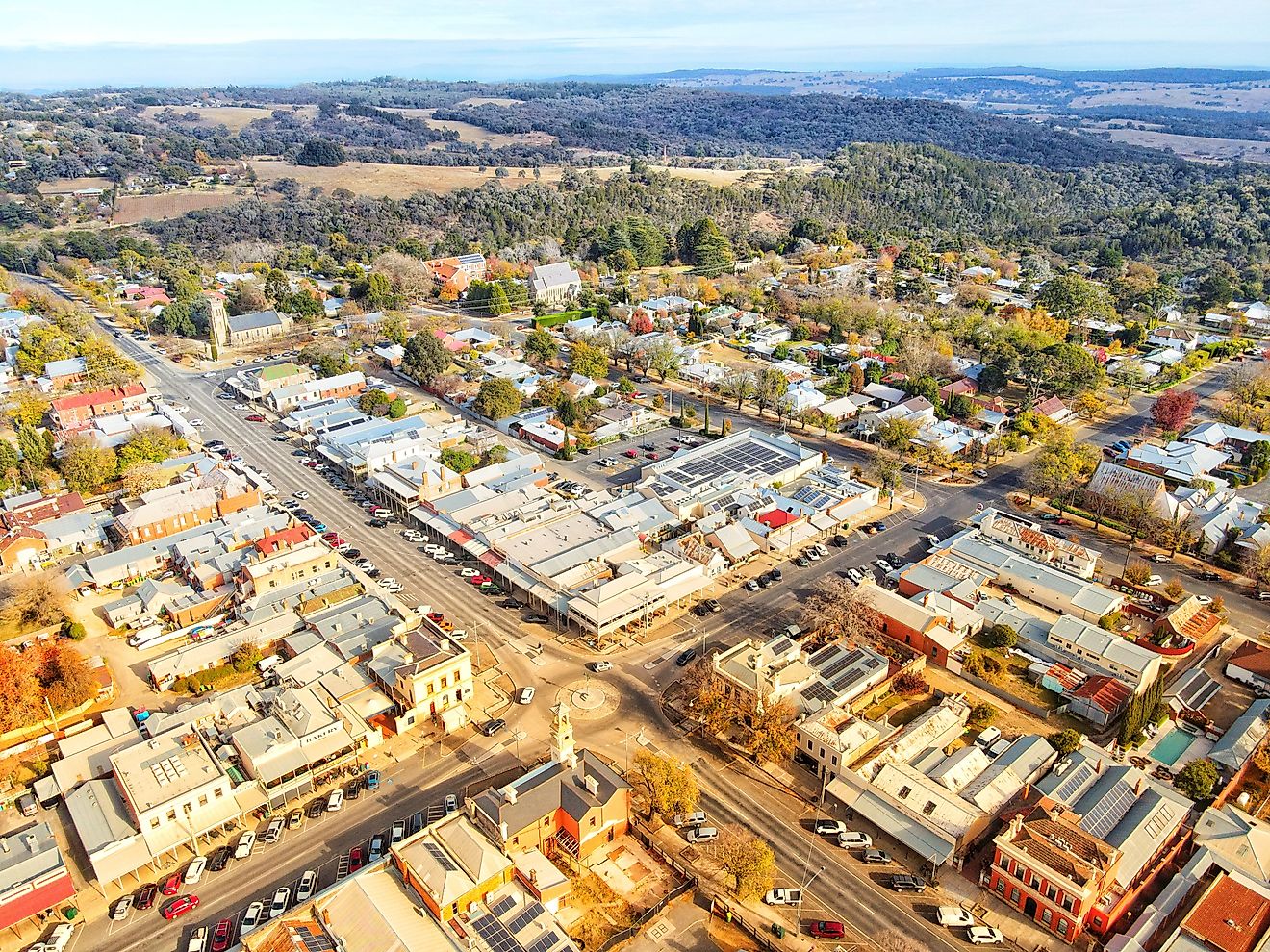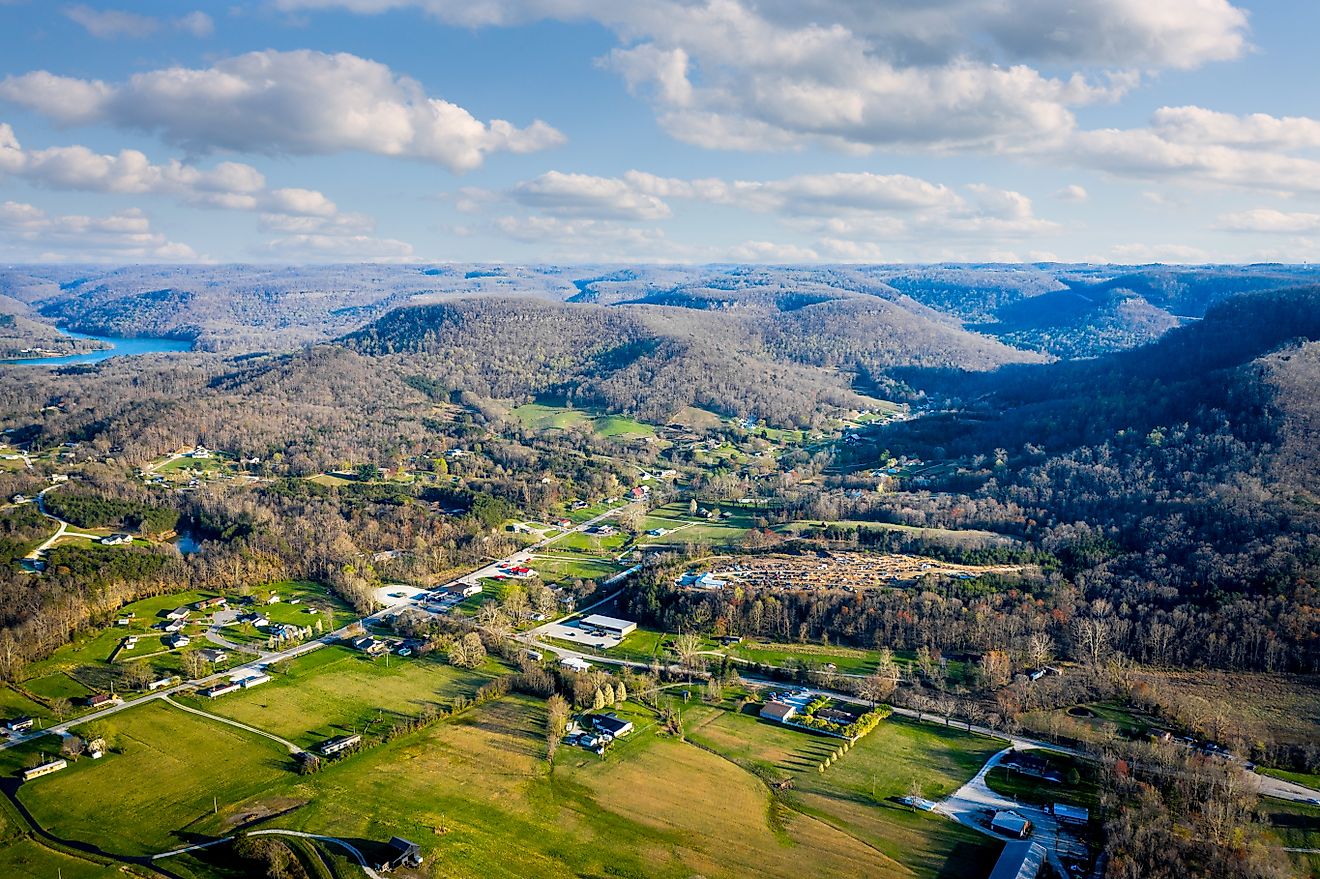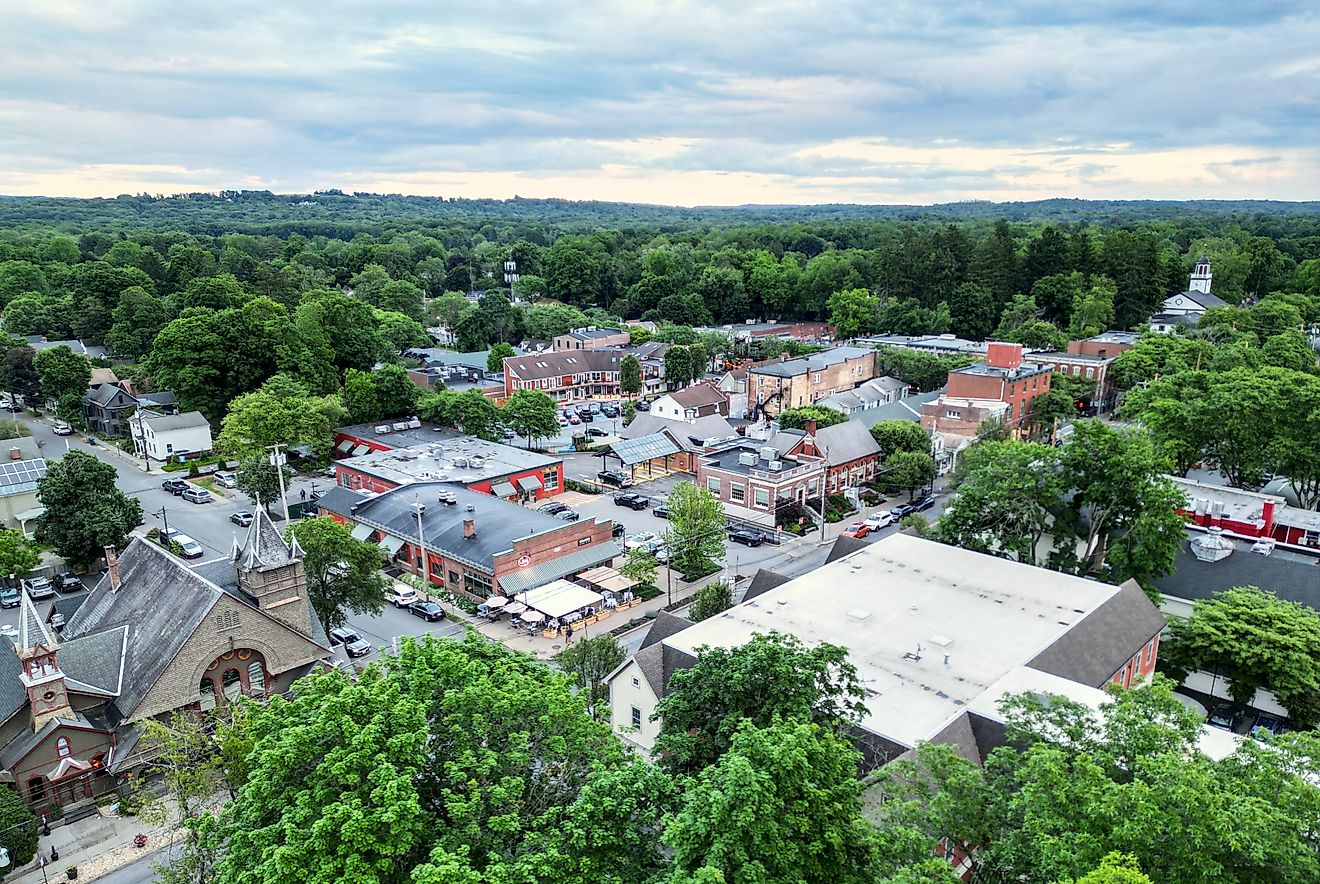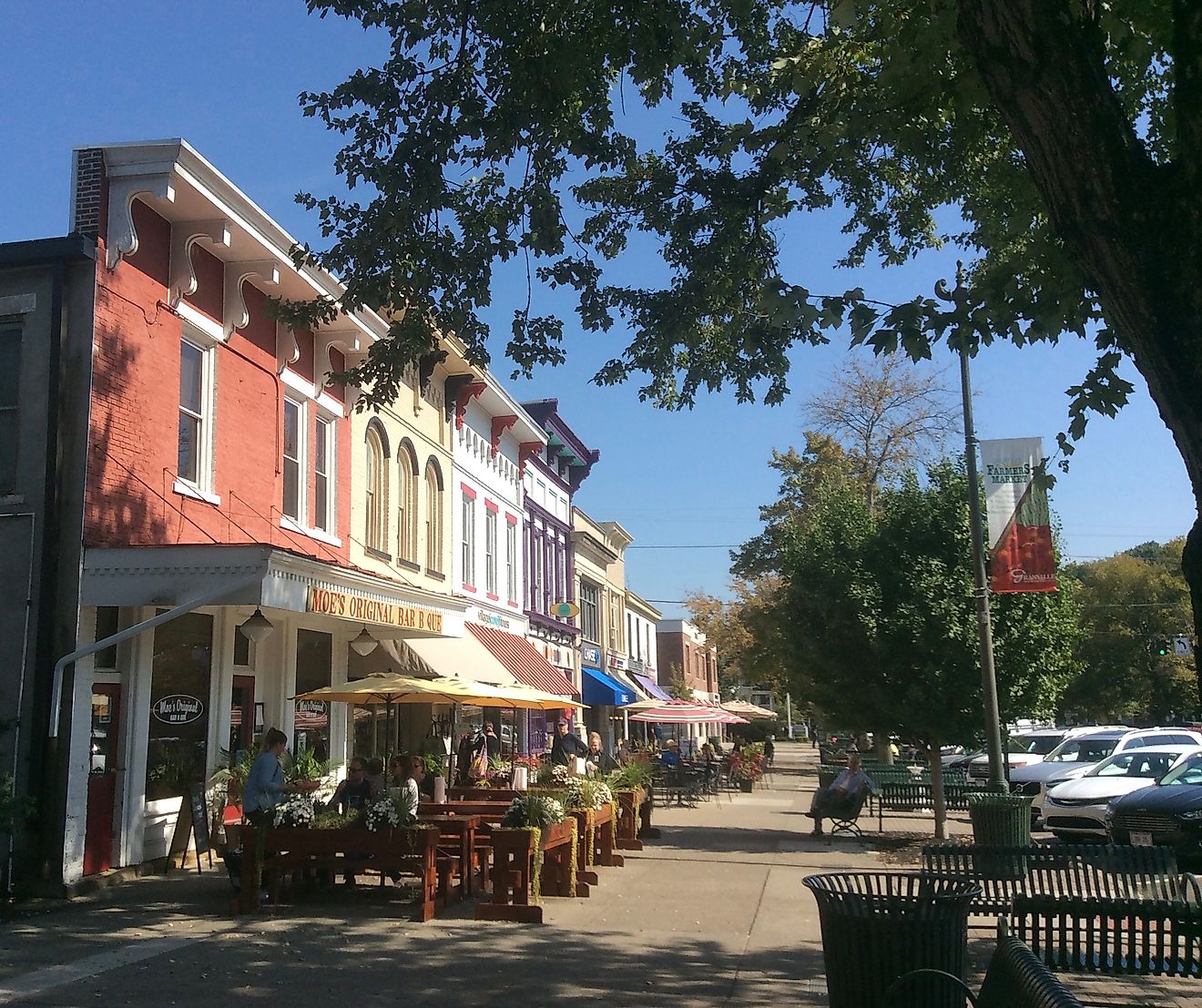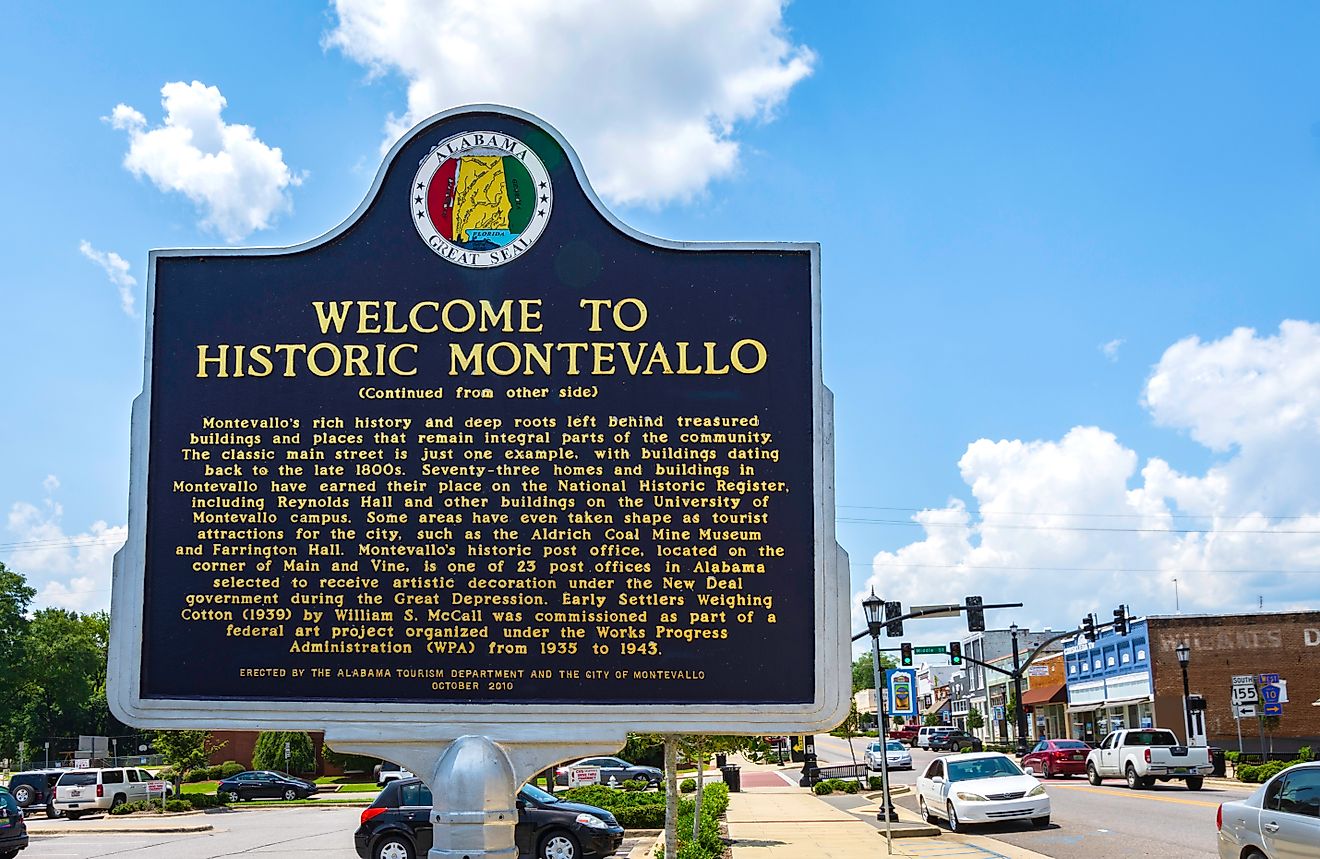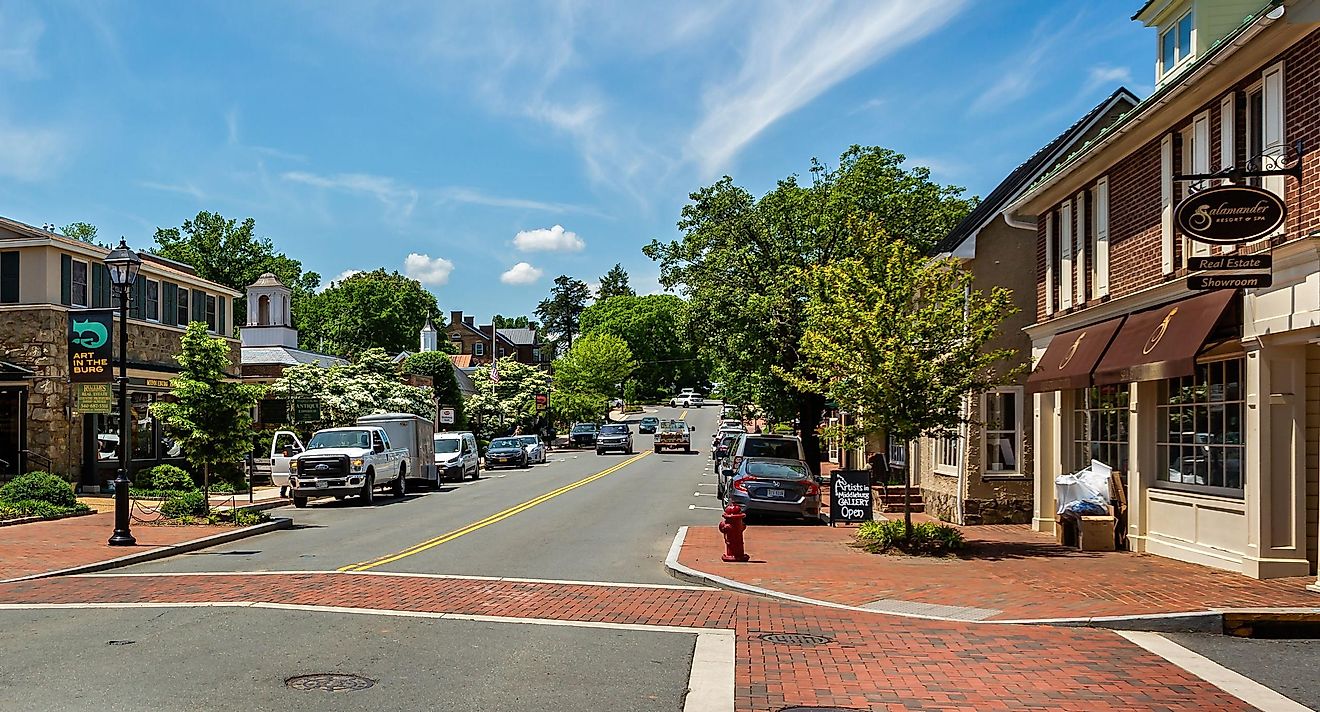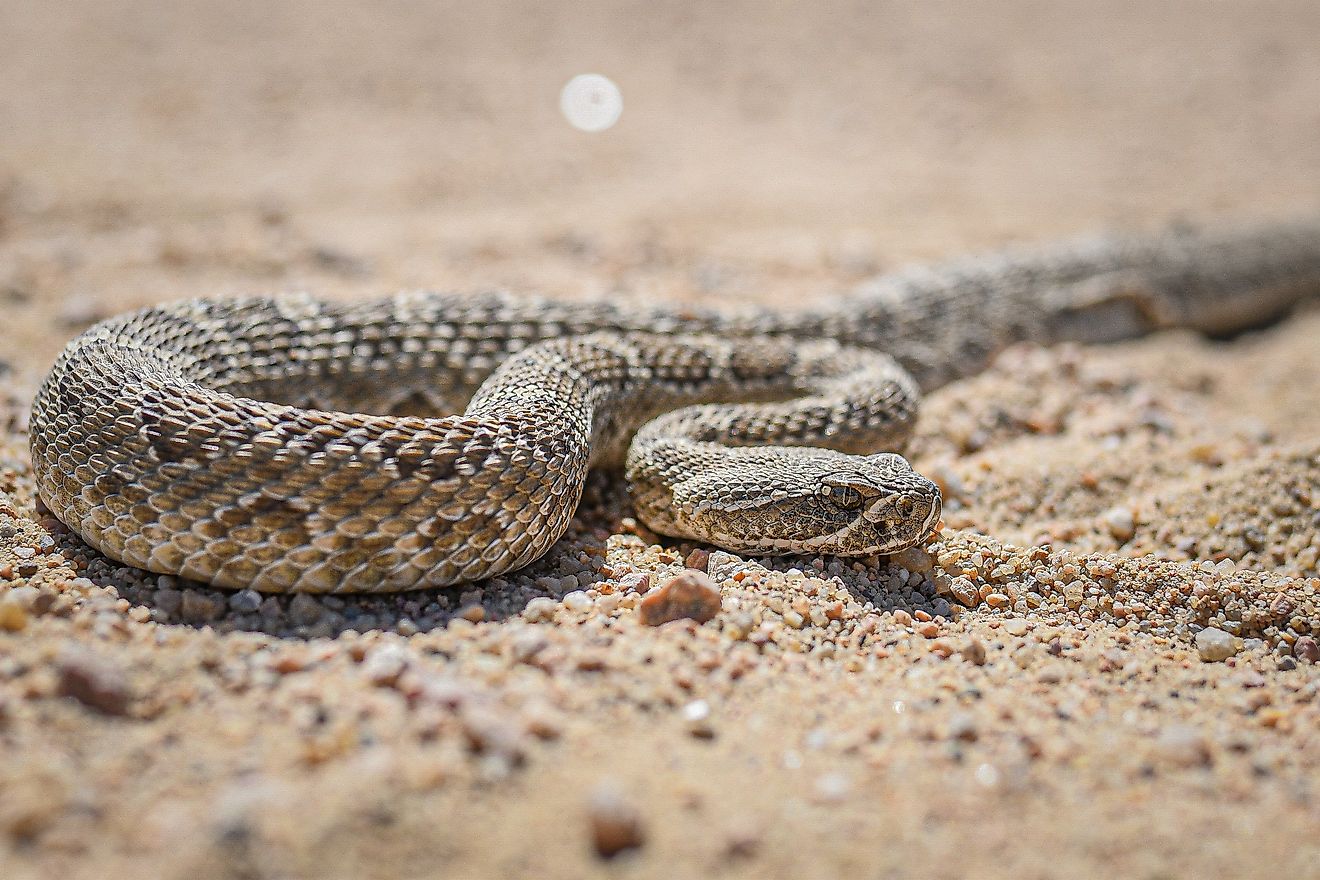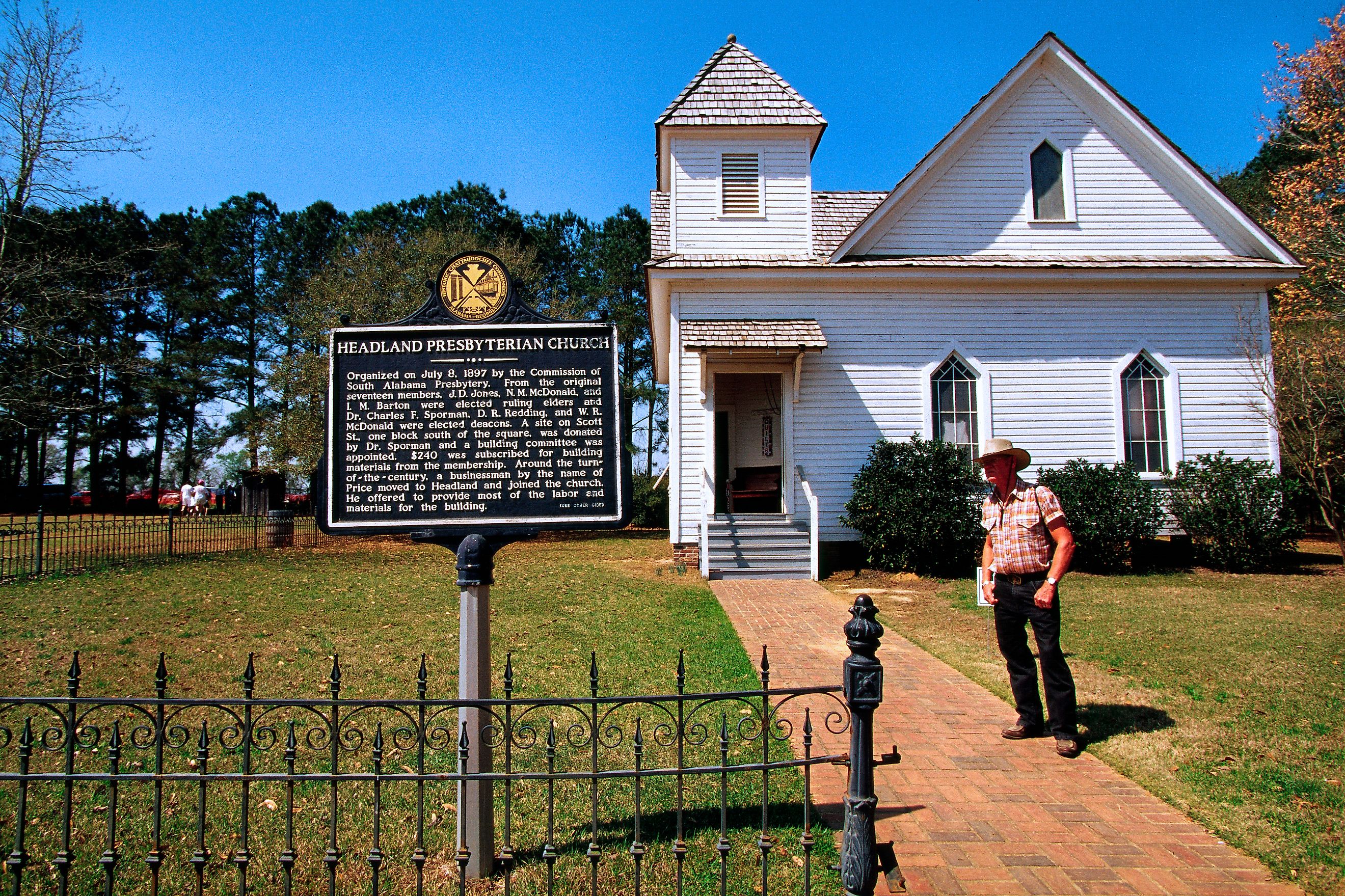
Dothan, Alabama
Dothan, the county seat of Houston County, is a big city in the Houston, Henry, and Dale counties close to the southeastern corner of the US State of Alabama. Initially settled as 'Poplar Head' in the early 1800s, the area's name was changed in 1885 to 'Dothan' in reference to a biblical city. Alabama's eighth-largest city, Dothan, is well-known for processing about one-fourth of the country's peanut crop produced within a few miles of the city, earning it the nickname "The Peanut Capital of the World." The city also serves as a prominent transportation and commercial hub for a significant portion of southeastern Alabama, southwestern Georgia, and parts of the Florida Panhandle.
Geography Of Dothan
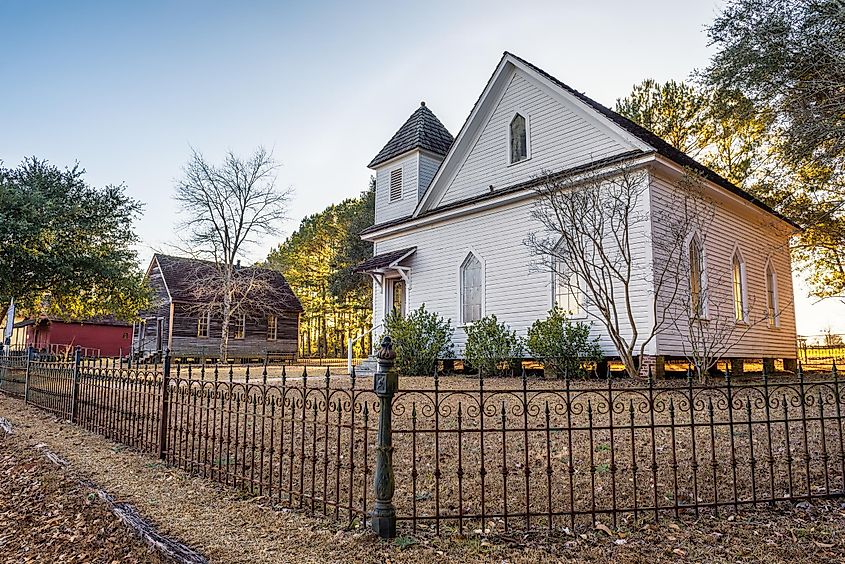
Placed in the state's southeastern corner, Dothan is in the northwestern part of Houston County, with the northern city limits extending into Henry County and the northwest into Dale County. The city is approximately 20 miles west of Georgia and 16 miles north of Florida. Dothan covers a total area of 89.71 square miles, of which 89.4 square miles is occupied by land and 0.31 square miles is covered by water.
Dothan is the chief city of the Dothan Metropolitan Statistical Area, with a small portion in Dale County coming under the Ozark Micropolitan Statistical Area. Together, they make up the Dothan-Ozark Combined Statistical Area. Moreover, Dothan also forms a part of the Wiregrass region of the Southern United States. 'Ross Clark Circle,' a bypass also referred to as Alabama State Route 210, is a course overlaid by various highways such as the US Route 431, US Route 231, and the US Route 84, encircles Dothan and connects the city with the majority of the local regions in the area.
Climate Of Dothan
According to the Köppen Climate Classification, Dothan experiences a humid subtropical climate, having hot, wet summers and mild winters. July is the year's hottest month in Dothan, with average high temperatures ranging between 92°F and 74°F. January is the year's coolest month, with average low temperatures ranging between 42°F and 61°F. July and August are, therefore, the least comfortable months, while April, May, and October are the most pleasant months in Dothan. The city receives an average of 227 sunny days and 53.85 inches of precipitation annually. Tornadoes are quite frequent during the summer, spring, and fall seasons.
Brief History Of Dothan
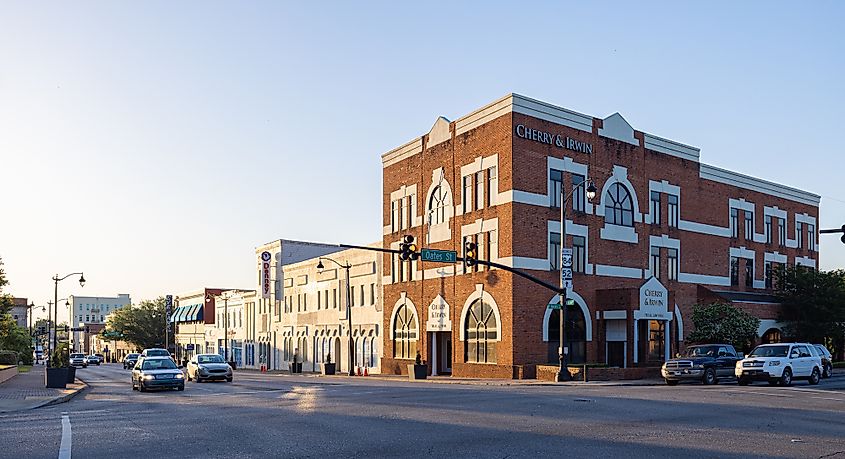
The region of present-day Dothan formed a part of the British West Florida colony between 1763 and 1783. During the 1830s, the state-recognized Cher-O-Creek Intra Tribal Indians, who descended from members of the Cherokee and Creek groups of indigenous people, occupied the area and resisted its removal to Indian Territory. To harvest the area's abundant timber, the first permanent white settlers consisting of about nine families, started inhabiting the area. They named the settlement "Poplar Head" in reference to the nearby spring. However, the settlement failed to thrive and was abandoned by the time of the American Civil War.
After the Civil War, in conjunction with other developments of the Reconstruction Era, a Pony Express Route was established, which helped in the rapid growth of the town. The inhabitants voted to officially incorporate the town on November 11, 1885, and named the new city 'Dothan,' based on the suggestion of a local clergyman. In later years, the successful peanut production by the farmers brought significant financial gain to the city. Dothan eventually transformed into a prominent production and transportation hub of peanut and peanut-related products.
Population And Economy Of Dothan
As per the latest US Census, Dothan has a population of 71,072 inhabitants, with a median age of 40 and a population density of 791 people per square mile. The top ethnic groups in the city include White (Non-Hispanic) at 56.05%, African American (Non-Hispanic) at 33.42%, Native American at 0.25%, Asian at 1.58%, Pacific islander at 0.06%, Other/Mixed Races at 4.23%, and Hispanic group at 4.41%. About 98.5% of Dothan's residents are US citizens, and the average car ownership in the town is two cars per household.
Dothan has a median household income of $48,377 and a median property value of $152,700. The diverse economy of Dothan employs about 29,100 people. Agriculture is Dothan's biggest industry, though Health Care And Social Assistance, Retail Trade, and Manufacturing have witnessed significant growth in recent years. Although the production of peanuts remains the mainstay of the city's agricultural sector, the production of cotton is also gradually gaining importance. Some of the biggest higher educational institutions in Dothan include George C Wallace Community College, Alabama College of Osteopathic Medicine, Fortis College, the Dothan Campus of Troy University, and Bethany Divinity College & Seminary.
Attractions In And Around Dothan
George Washington Carver Interpretive Museum
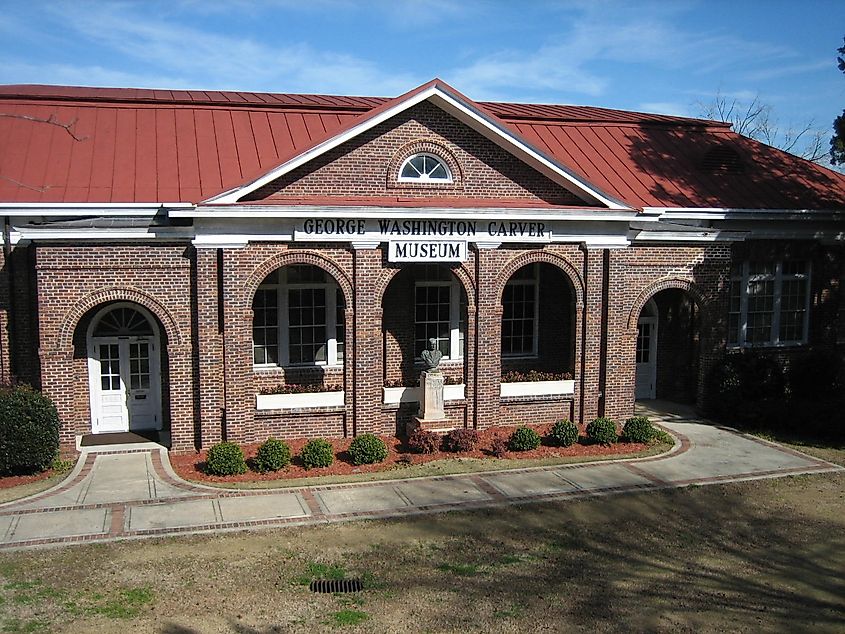
This community museum in downtown Dothan aims to educate people of all ages, races, and creeds about the rich historical contributions of African Americans and their influences on the world. The museum has been renovated by Dr. Francina Williams and Alpha Kappa Alpha Sorority from Dothan's old Greyhound Bus Station. The Interpretive Museum features a permanent exhibit that showcases the African-American genius George Washington Carver's life and tools, a timeline of social progress, and artworks of Black artists. The museum also has a segment dedicated to nineteen other prominent African-American pioneers and their positive contributions to the military affairs and social development field.
Wiregrass Museum Of Art
Located in Dothan's former power and water plant, the Wiregrass Museum of Art was established in 1988. This museum showcases traveling exhibits and has a permanent collection of contemporary and pop art by various American Southeast artists, such as Frank Flemming, Cal Breed, Dale Kennington, Dale Lewis, and other nationally recognized artists like Robert Indiana, Josef Albers, Jim Dine, and Frank Stella. On March 23, 1990, the museum was listed in the Alabama Register, and on October 3, 1991, it was added to the National Register of Historic Places.
Dothan Opera House
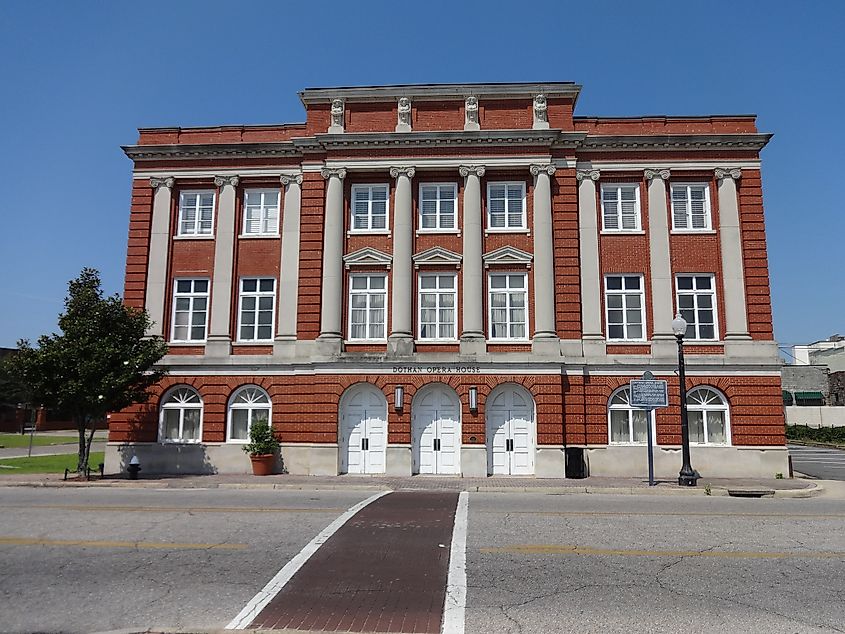
This historic performing arts venue was initially constructed as a municipal auditorium in 1915. Designed by the renowned architectural firm of Atlanta, Morris & Morris, the Dothan Opera House is a combination of Italianate and Classical Revival architectural styles. There are three centrally arched entrance doors with a pair of curved windows on either side on the first floor. Ionic pilasters dominate the second story, with four in the central section and three on each side. A limestone architrave is supported by these pilasters underneath a parapet roof and a serrated cornice. A carved figure of an opera singer is placed on the parapet keeping in line with each column in the central section. A mural on the stage's backdrop illustrates a building under construction and some of the most famous acts performed here.
World's Smallest City Block
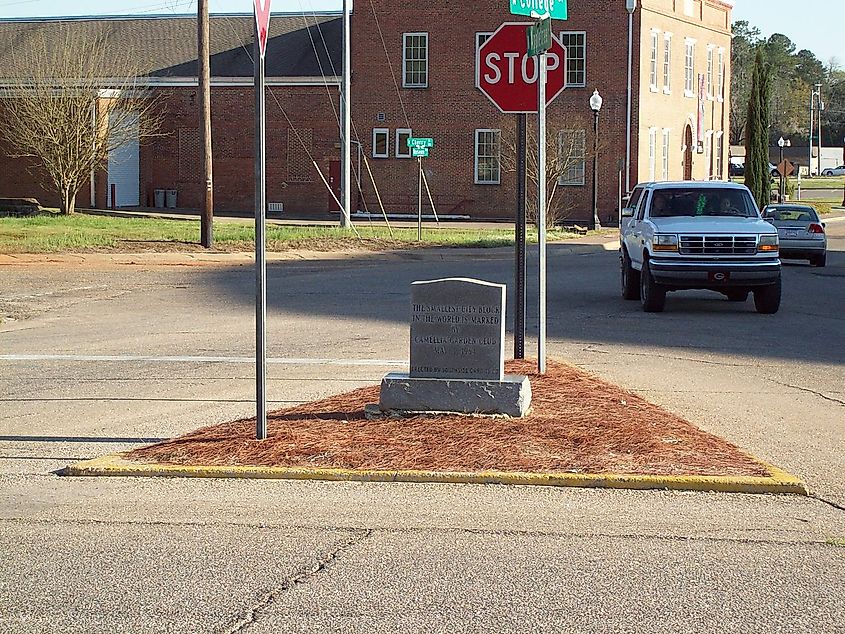
One of Dothan's unusual attractions is the "World's Smallest City Block." This triangular patch of land is placed behind the Dothan City Civic Center between East Troy Street, North College Street, and North Appletree Street. The site of this city block was once home to some successful businesses. At present, it features a granite monument erected by Dothan's Camellia Garden Club, and street, stop and yield signages. One must not forget to bring one's camera, as this place has become a popular spot for photo opportunities.
Besides the attractions mentioned above, the city is also home to the Dothan Area Botanical Gardens, which showcases a varied collection of natural trails and beautiful flowers like roses, daylilies, azaleas, camellias, and many more. Moreover, through the ongoing Wiregrass Festival of Murals project, several renowned national and international muralists are engaged in painting historical murals on the walls of important buildings in the city's historic downtown area.
Despite being one of Alabama's big cities, Dothan continues to preserve its southern charm and hospitality with its varied attractions, stunning artworks, and friendly people. Dothan's National Peanut Festival, the largest peanut festival in the nation, celebrated every fall to honor the peanut growers, attracts thousands of visitors to one of the state's most progressive cities.
